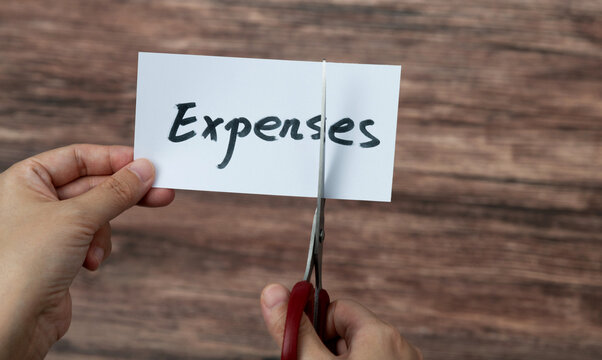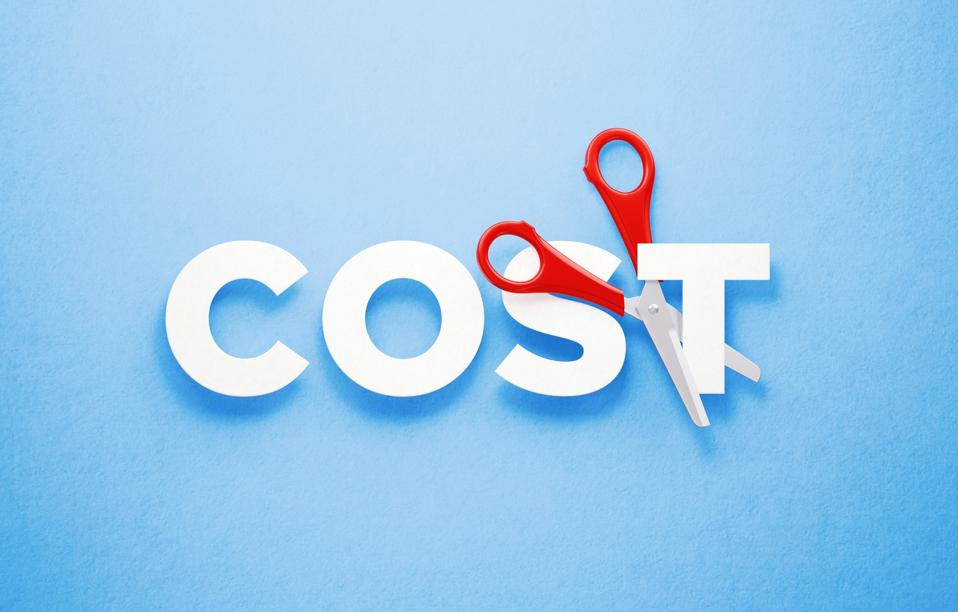In today’s economic climate, curbing fixed expenses has become a priority for many individuals and families. However, this doesn’t mean you have to compromise your lifestyle. Reducing costs without impacting your day-to-day enjoyment is possible by making mindful adjustments and strategic choices.
This blog post will provide you with practical advice on how to streamline your budget and maximize the value of every dollar spent. When aiming to trim costs, it’s essential to focus on areas that offer flexibility without diminishing quality. Transformation in spending habits is a journey and should be approached with patience and creativity.
Understanding your budget

Before making any changes to your financial commitments, it’s crucial to understand your current budget. Start by analyzing your monthly expenditures to identify where your money is going. This process helps uncover areas with potential for cost reduction. Begin by categorizing your spending into fixed and variable expenses.
Fixed costs, such as mortgage payments, insurance, or utilities, are often recurring and predictable. Identifying these allows you to focus on strategies to lower them without sacrificing essential services or comfort. Review each category in detail to find areas for potential savings.
Replacing services with more affordable alternatives
After identifying where your money is primarily allocated, consider exploring affordable alternatives. It’s possible to maintain the same quality of service without overspending. One way to do this is by negotiating with service providers for better rates or exploring competitor offerings that may be more cost-effective.
For example, you can compare insurance premiums, switch to energy-efficient appliances to lower utility bills, or find discounts and bundles. The key is to seek out opportunities for savings while ensuring you still receive equal or better quality services.
Creative solutions for trimming fixed expenses
Beyond switching providers or services, adopting creative methods to reduce fixed expenses can also make a significant impact. One approach is to embrace technology that offers savings or makes processes more efficient. Consider using budgeting apps to track spending or smart home technology to optimize energy consumption.
Additionally, sharing resources within a community, like carpooling or group buying, can lower costs. Embracing creativity in spending solutions often uncovers unexpected savings, helping maintain your living standards without stretching your budget.
Simple strategies for implementation
Once you’ve discovered potential areas for savings, the next step is implementing these strategies effectively. Begin by setting realistic goals and taking incremental steps towards achieving them. Remember, financial adjustments take time and consistent effort.
Communicate with your family or cohabitants about the intended changes and involve them in the process. Collaborative efforts often yield better results, as everyone is more motivated and invested in reaching the common goal of sustaining a quality lifestyle while becoming financially savvy.
Concluding thoughts on maintaining a balanced budget
Balancing a budget without impacting your lifestyle is a manageable task if approached strategically. By focusing on understanding your financial commitments, exploring cost-effective alternatives, and implementing creative solutions, reducing fixed expenses becomes a viable objective.
Ultimately, maintaining a good quality of life is about striking the right balance between conscious spending and prioritizing what’s truly important to you. Financial stability doesn’t require a lifestyle downgrade; instead, it encourages smarter choices, fostering a more sustainable and fulfilling living environment.




